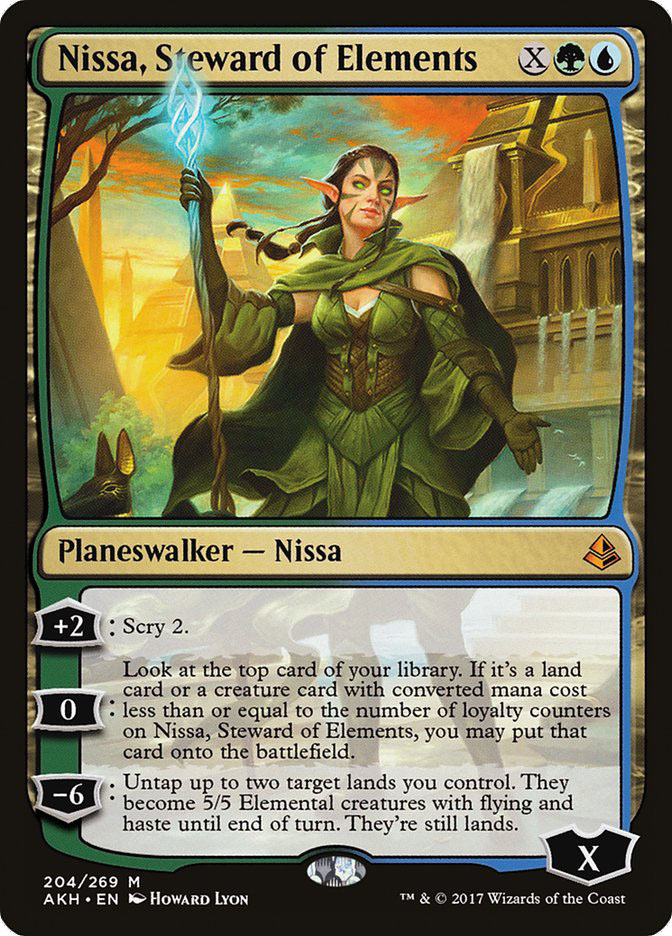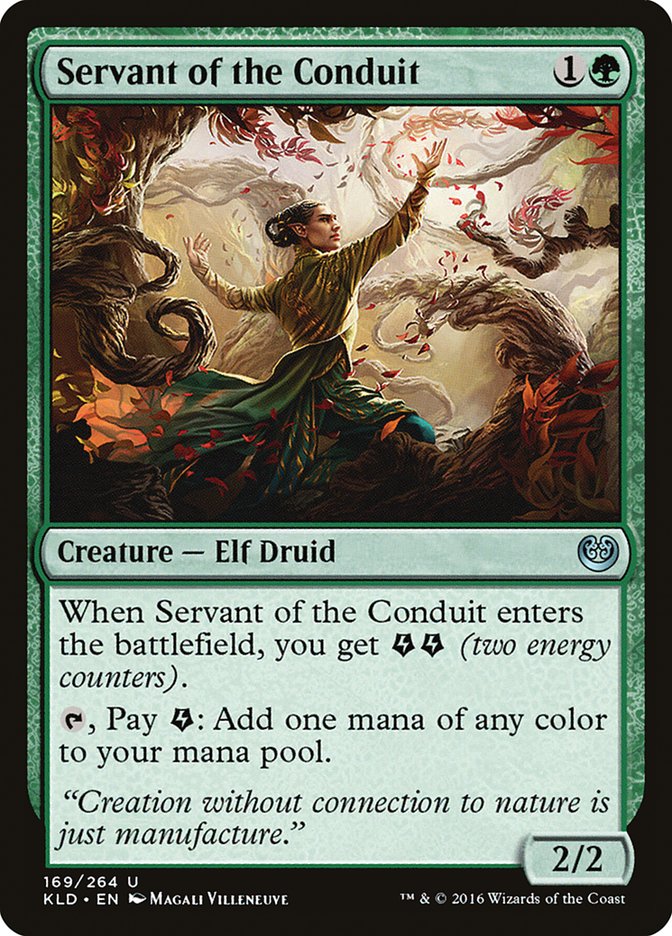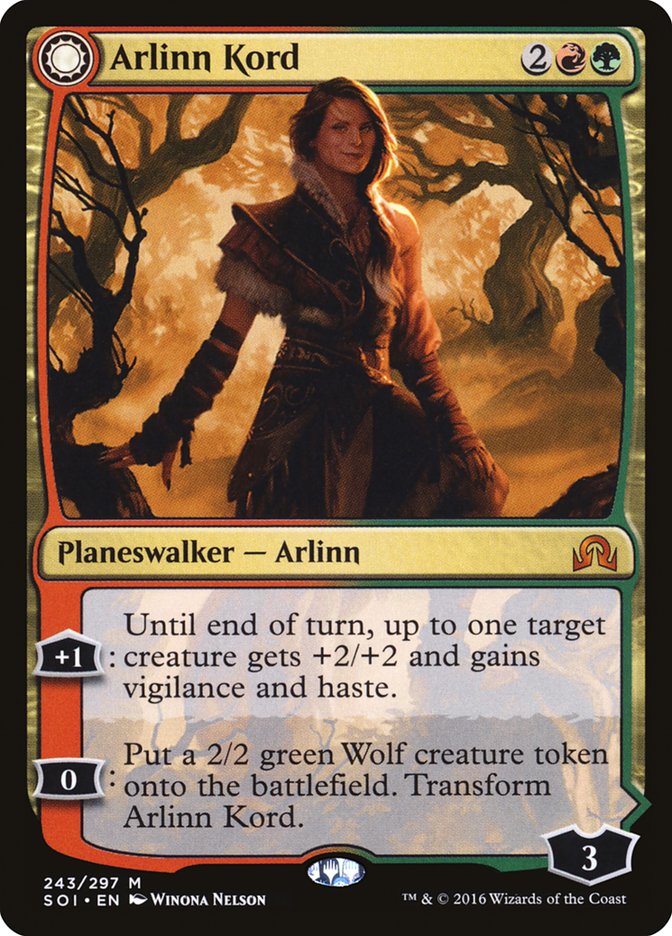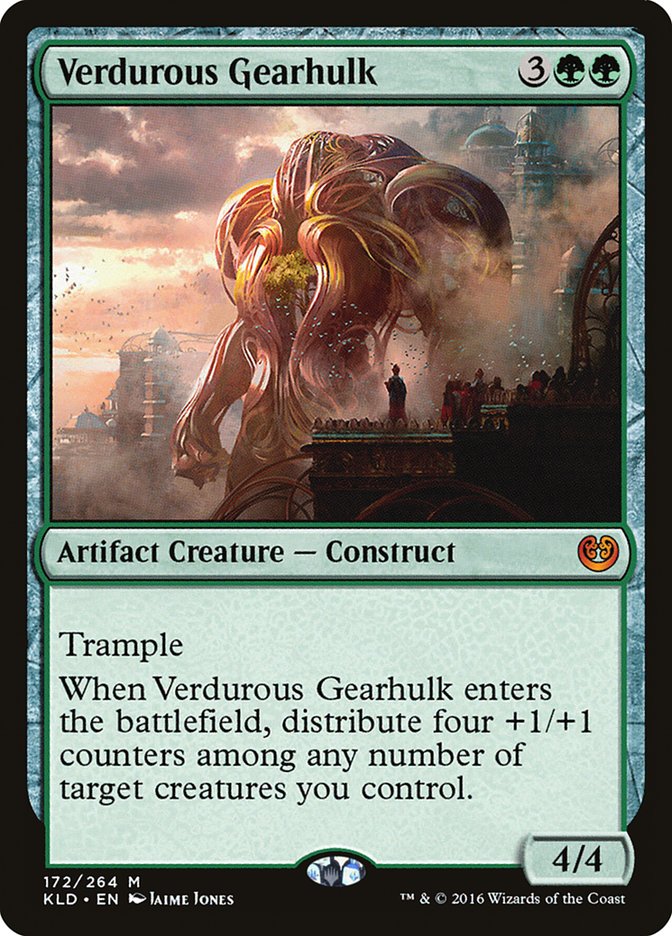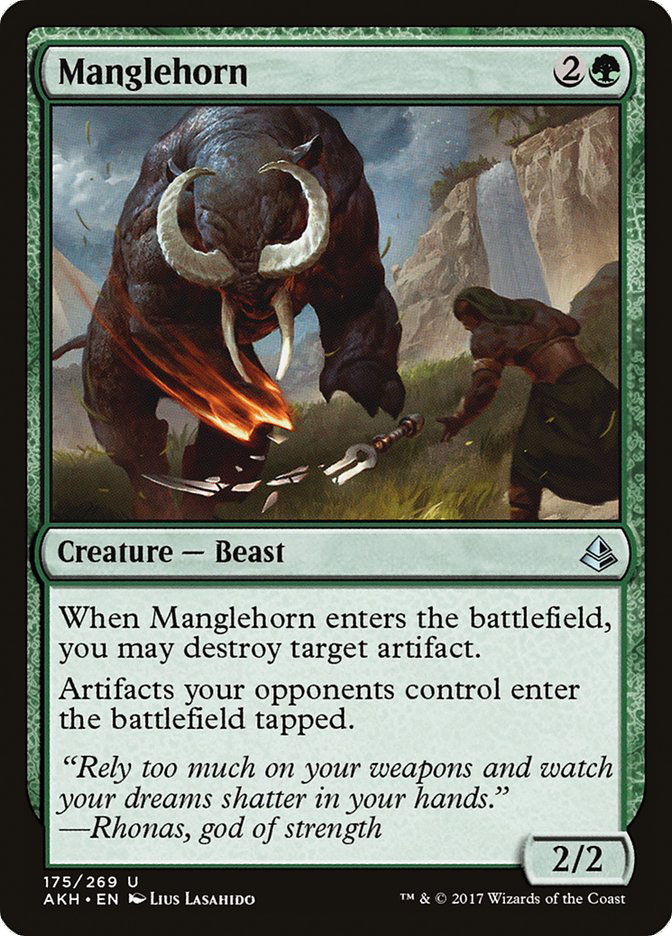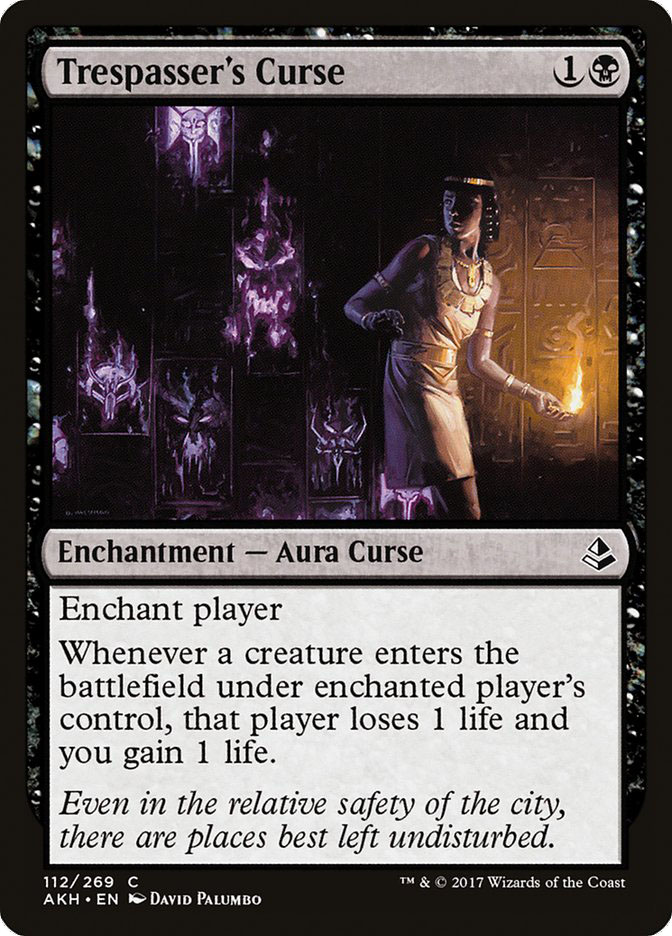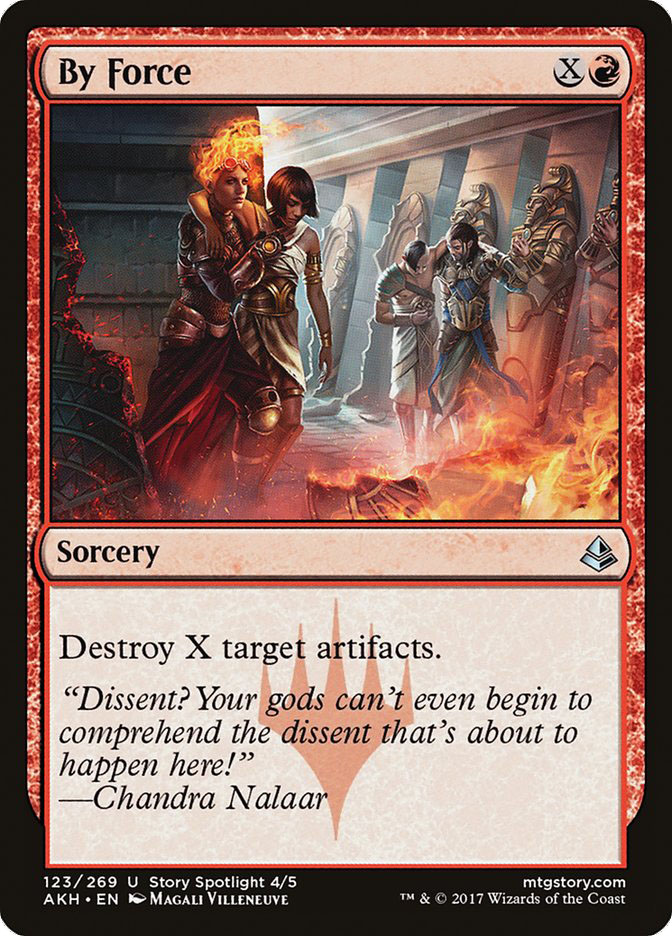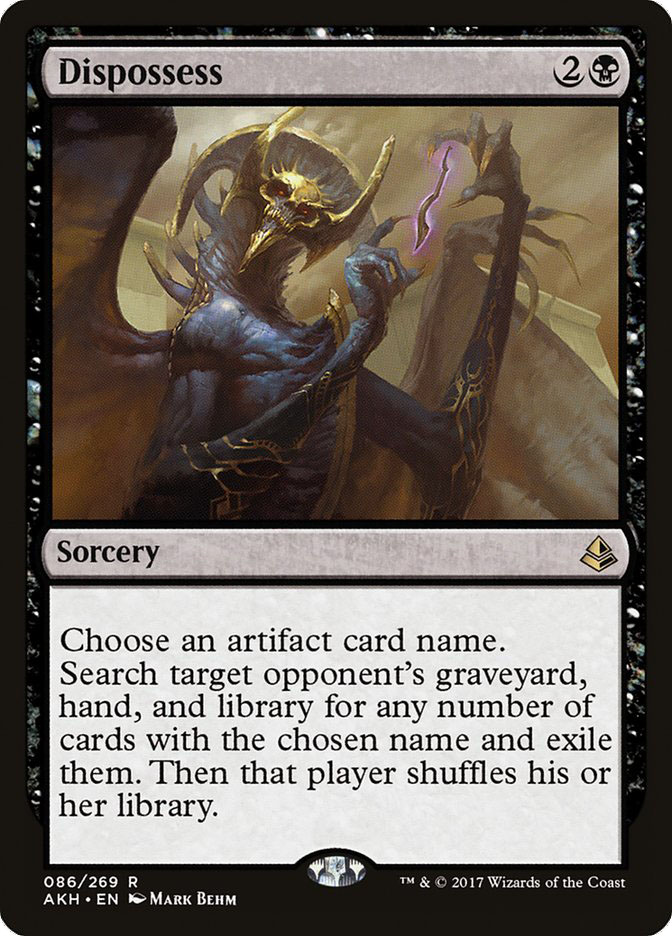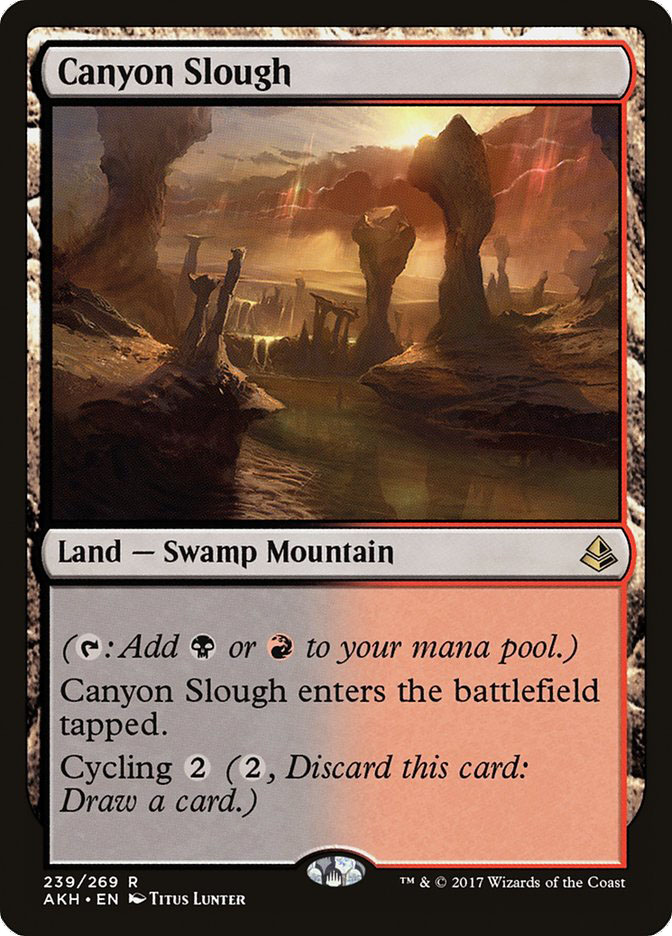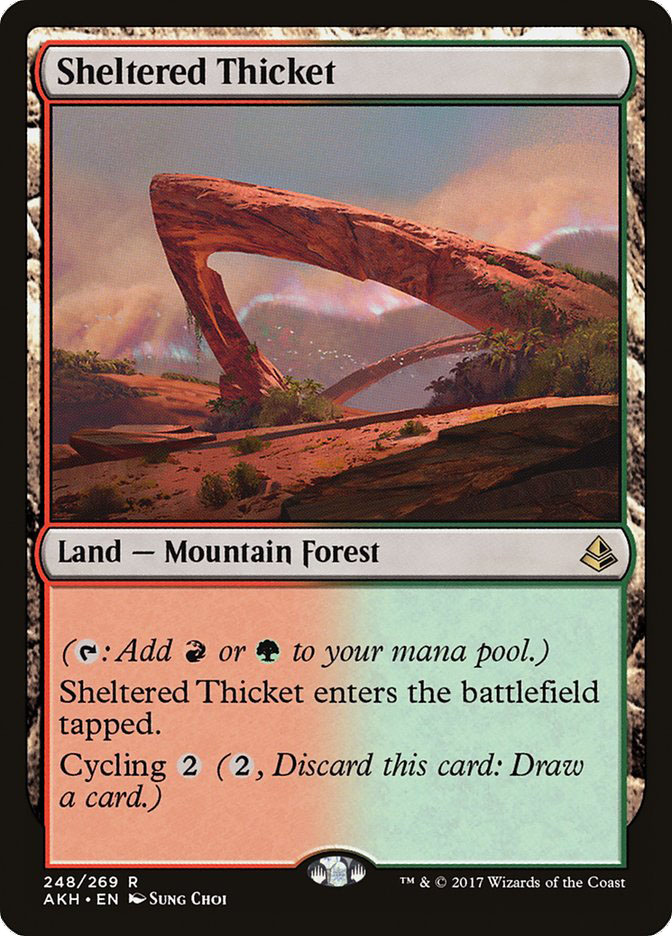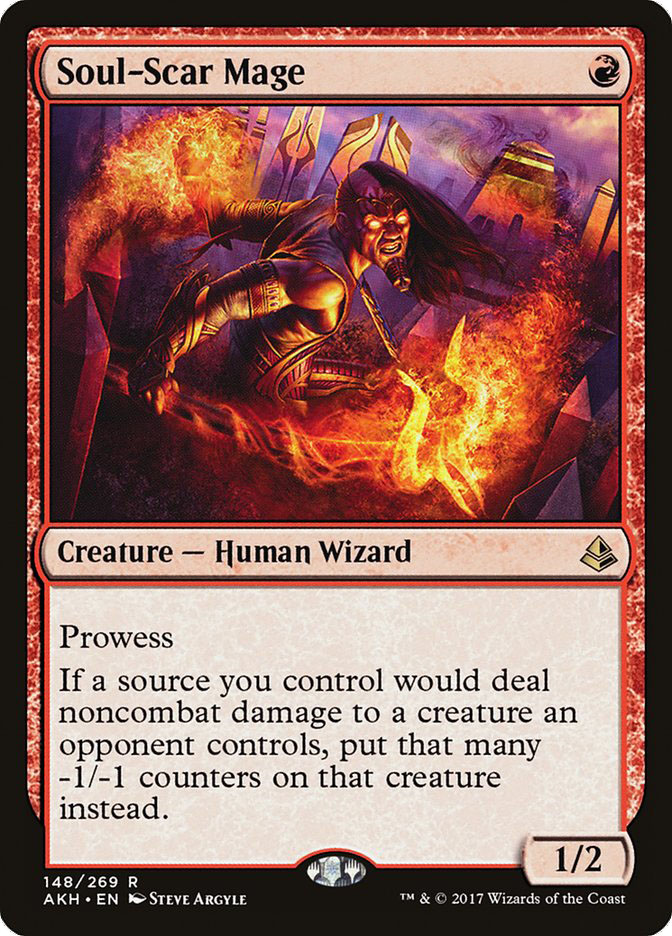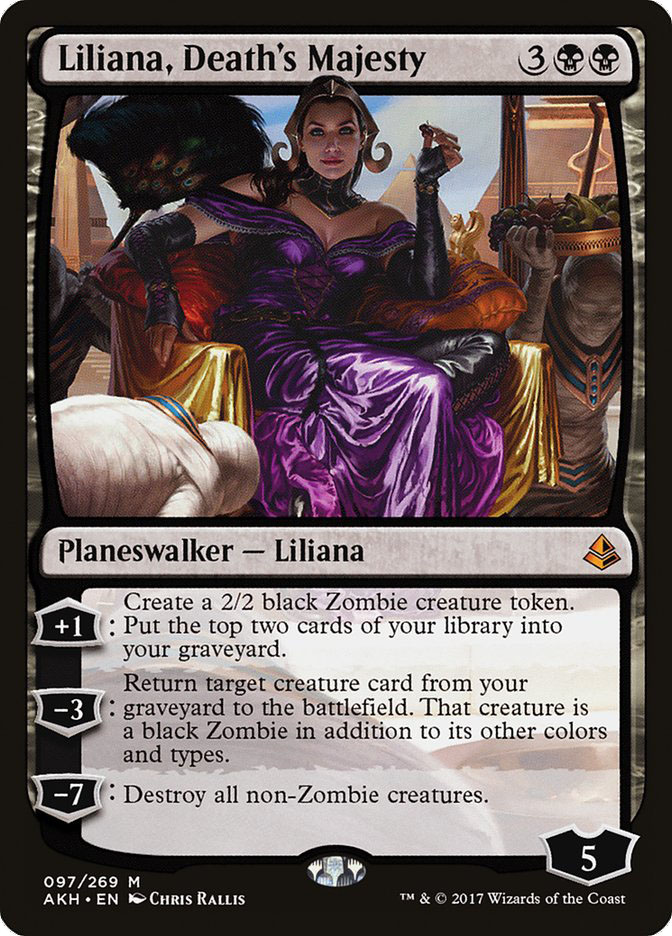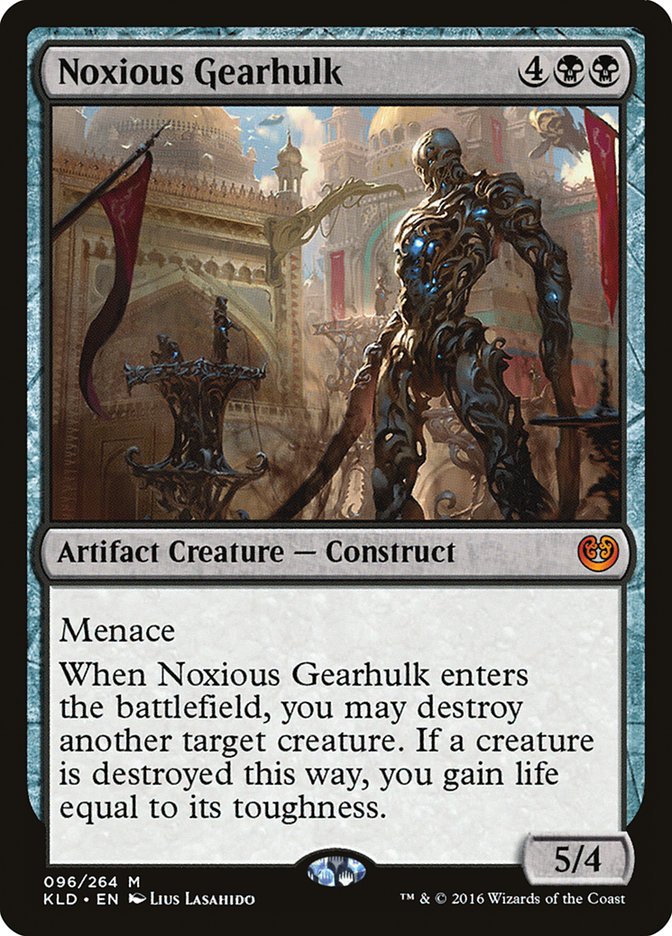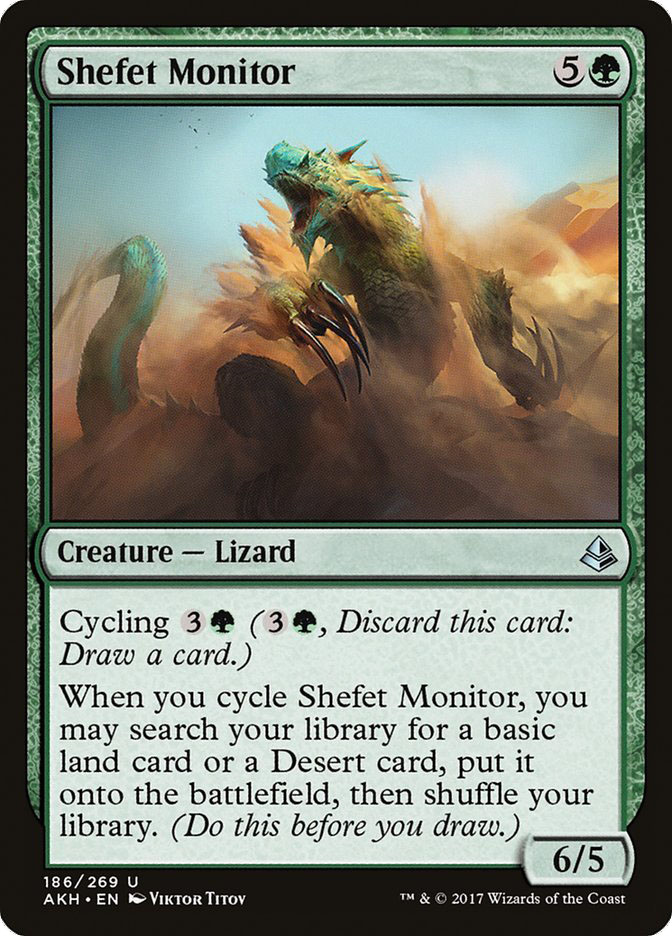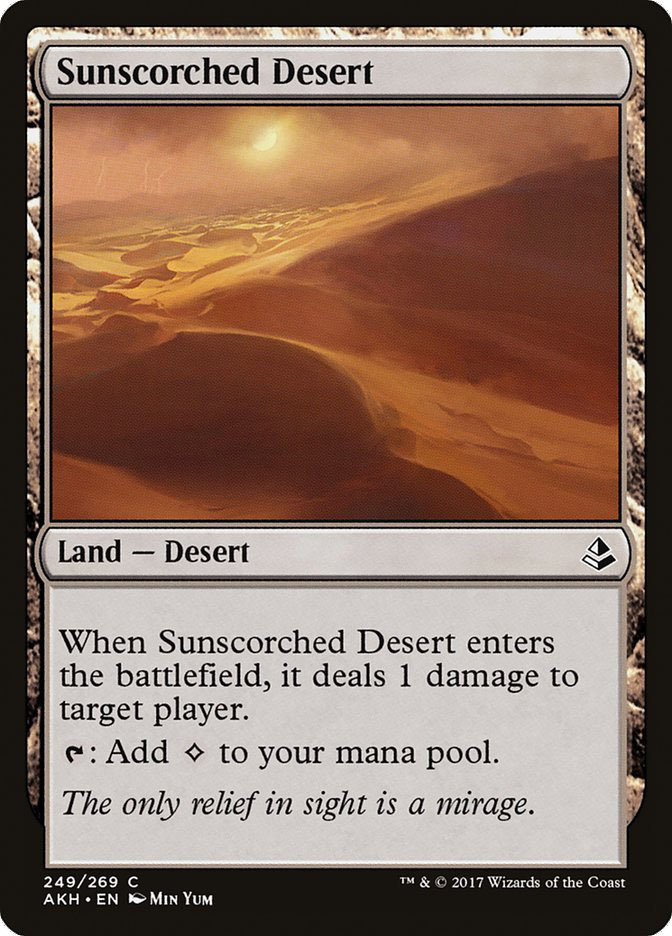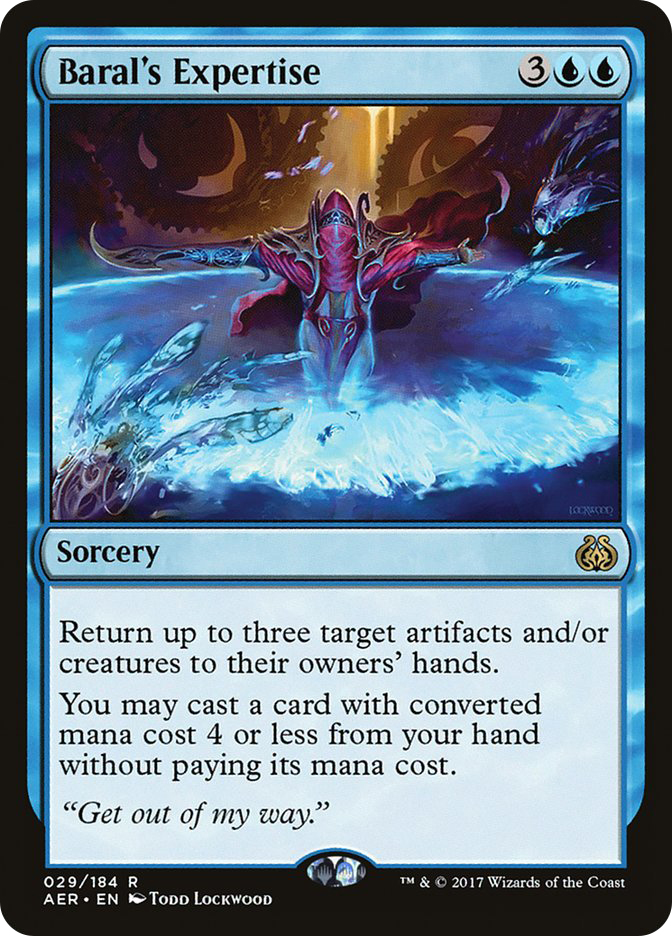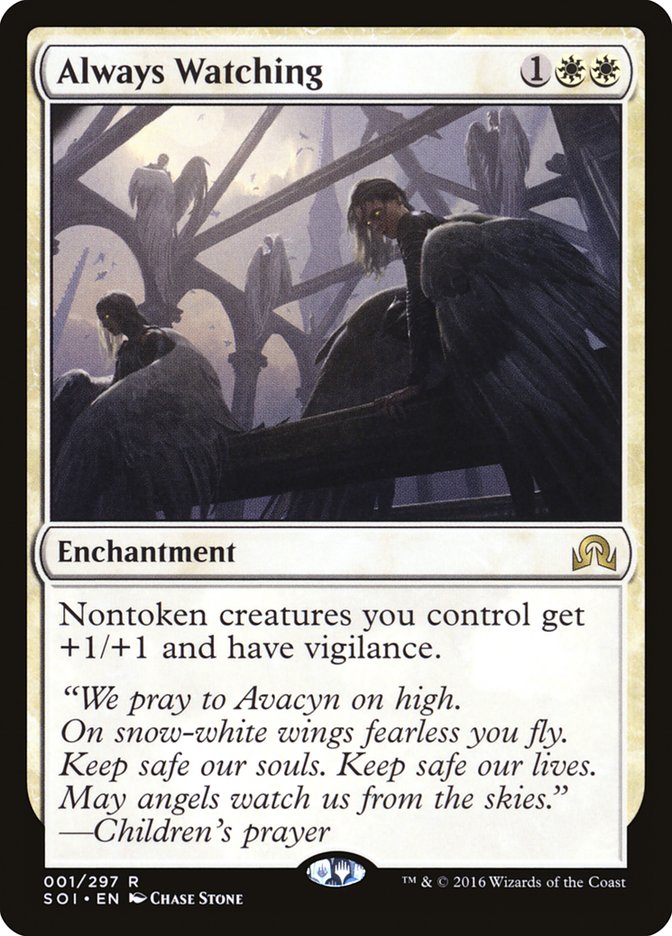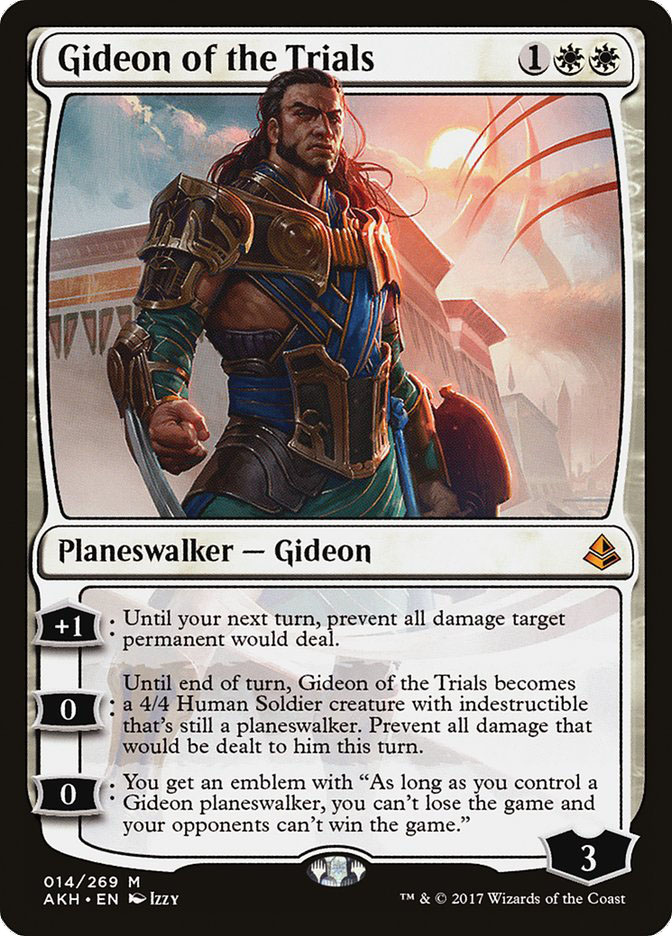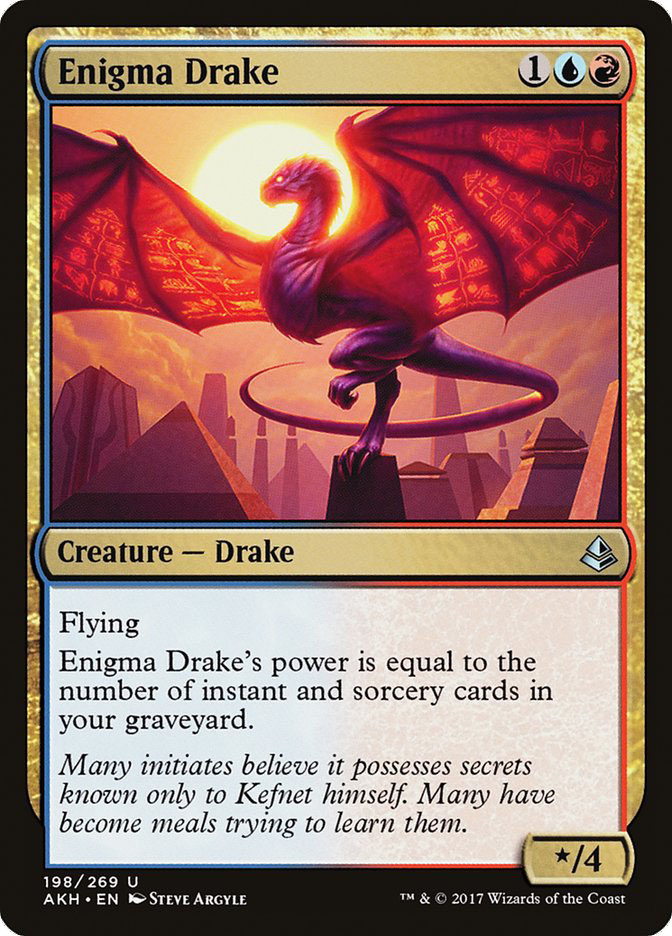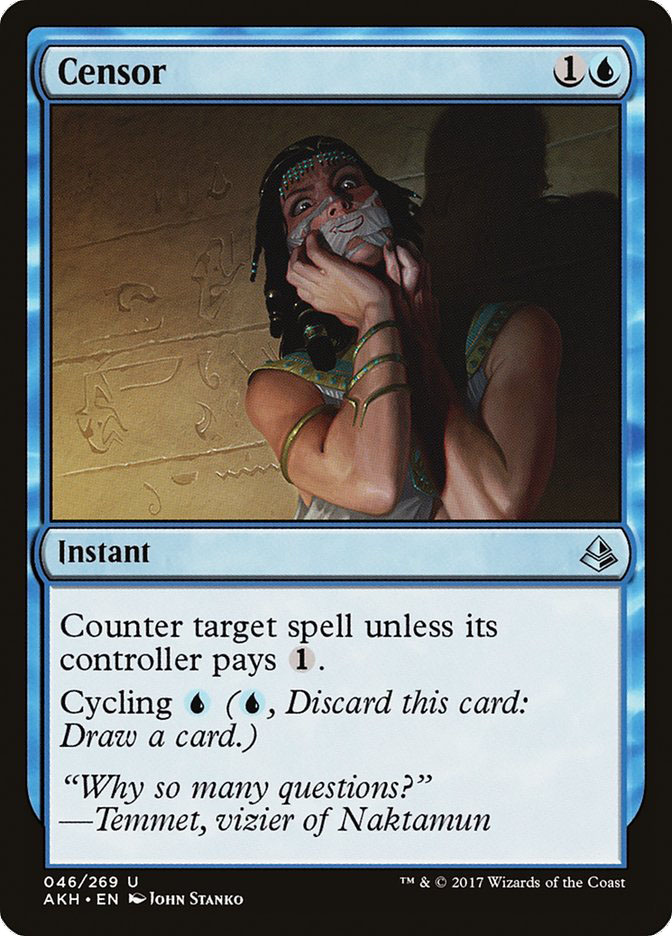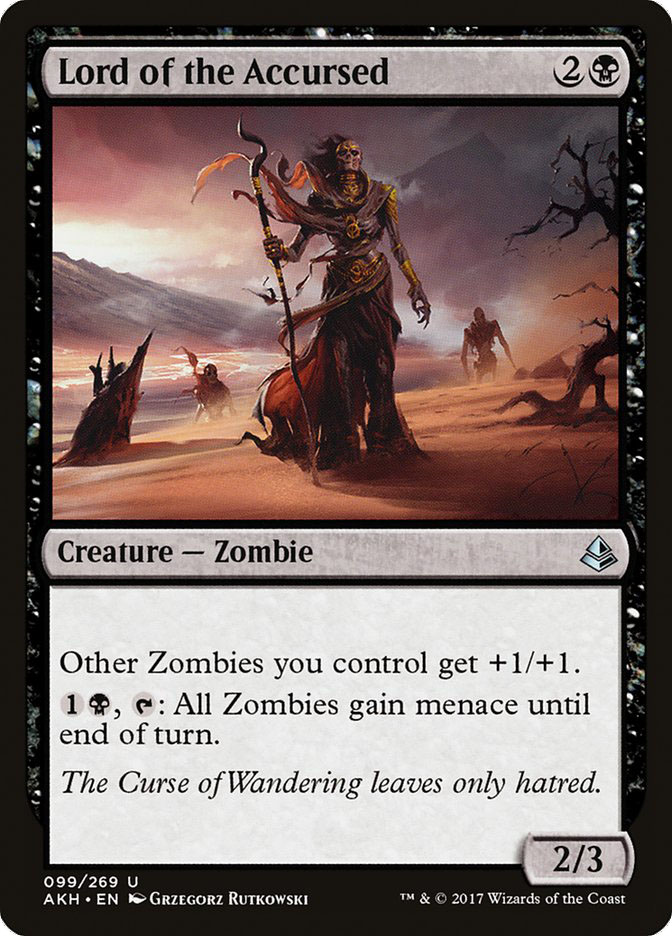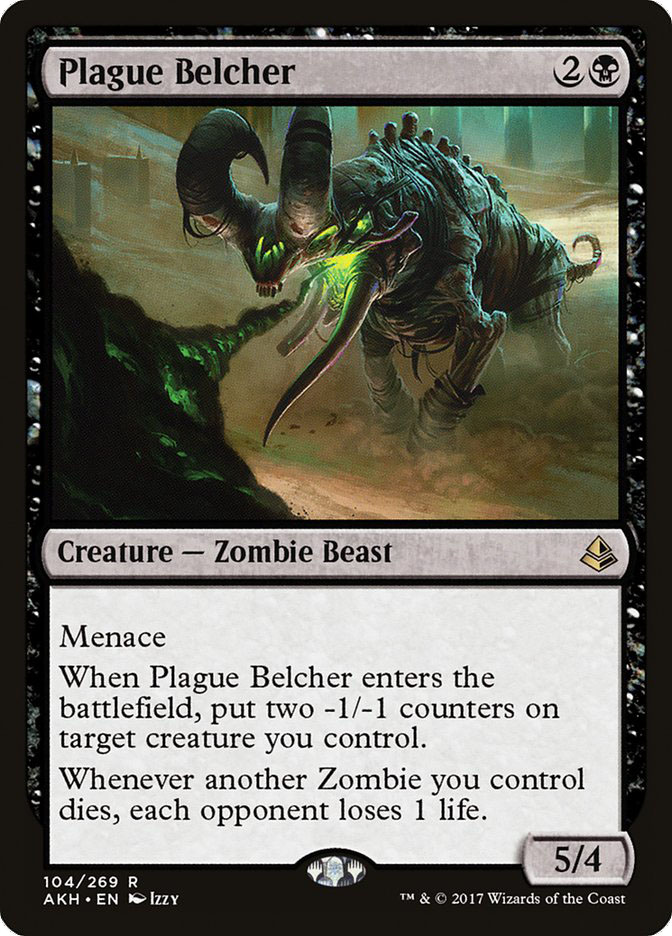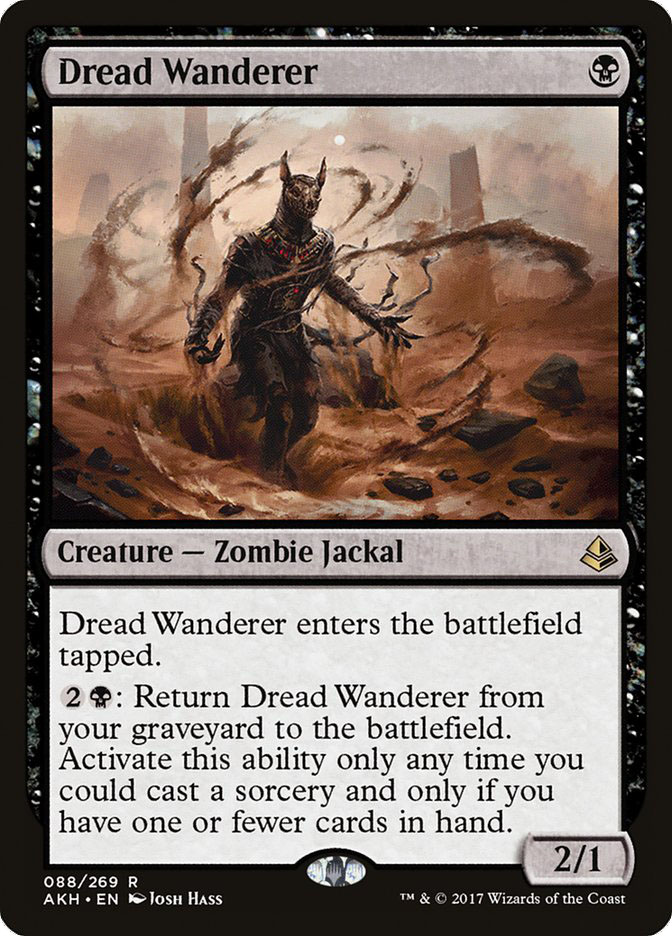It’s everyone’s favorite time of the year! A new set is releasing, and with it a new Limited format as well as new cards for Constructed. Amonkhet is filled with quality role-players that will make a big impact on Standard. For today, I have eight decks that have gotten new tools from Amonkhet, so let’s get to them!
Creatures (32)
- 4 Catacomb Sifter
- 3 Duskwatch Recruiter
- 4 Loam Dryad
- 4 Elder Deep-Fiend
- 2 Distended Mindbender
- 4 Servant of the Conduit
- 1 Rishkar, Peema Renegade
- 3 Rogue Refiner
- 3 Walking Ballista
- 2 Manglehorn
- 2 Vizier of the Menagerie
Planeswalkers (2)
Lands (22)
Spells (4)

Our first deck of the day is a try at Sultai Emerge. Elder Deep-Fiend was all the rage when Eldritch Moon was released and I think the card is still powerful enough to have an impact on the metagame. The goal of this deck is to be able to generate an abundance of mana while using mostly creatures to take full advantage of my favorite card from Amonkhet, Vizier of the Menagerie.
Vizier of the Menagerie allows you to cast creature spells from the top of your library, and therefore we are going to need both creature spells and the mana to cast them. To facilitate this I’m utilizing Cryptolith Rite to turn all of our creatures into mana producers. Duskwatch Recruiter is another payoff card for having plenty of creatures and mana available and can help find either Vizier to get more value or Elder Deep-Fiend to close out the game.
Nissa, Steward of Elements is also tailor-made for this deck and to pair with Vizier of the Menagerie. Knowing the top card of your library is a wonderful ability to have with an active Nissa, because you will know if it is a creature or land that Nissa’s 0 ability will be able to put onto the battlefield or not. If it’s the late-game, you know your top card is a land, and you’re looking for more creatures to cast with Vizier, it’s probably better to use Nissa’s +2 ability to scry 2 instead of putting the land on the battlefield, as you will be able to scry away the second card from the top as well if it isn’t a creature.
I’m playing Servant of the Conduit over Channeler Initiate in not only this deck but other green decks later as well. I could be wrong here, but I’m just not sold yet on Channeler Initiate being a better card. Channeler Initiate will either kill another of your creatures and enter the battlefield as a 3/4 that can’t add mana or will be a 0/1 to start off with, and neither of those options sounds very appealing to me. Walking Ballista is a natural predator to 0/1 creatures, which makes me worried for Channeler Initiate’s safety. Servant of the Conduit also has the ability to enable Aether Hub, making it my current mana creature of choice in Standard.
Creatures (19)
- 2 Tireless Tracker
- 4 Grim Flayer
- 1 Verdurous Gearhulk
- 4 Servant of the Conduit
- 4 Walking Ballista
- 3 Glorybringer
- 1 Manglehorn
Planeswalkers (6)
Lands (24)
Spells (11)

If you’re a fan of playing a collection of powerful rares and mythics, then I have the deck for you! There are plenty of powerful cards to choose from with Jund right now, and I honestly think this deck could be a contender on Week 1 due to its sheer power.
The main deck has the tools to fight Mardu Vehicles with plenty of various removal spells for the creatures, including potential two-for-ones in Walking Ballista; Liliana, the Last Hope; and Chandra, Torch of Defiance. One of the biggest problems for removal-heavy decks in the past against Mardu Vehicles was an inability to profitably deal with Gideon, Ally of Zendikar. Enter Glorybringer, a four-power hasty flyer that can not only kill a Gideon the turn after it enters the battlefield and makes a Knight token but can also cleanly deal with the Knight token as well.
If you’re looking for which previous Standard card gained the most value with Amonkhet‘s release, it may be Arlinn Kord. Arlinn’s +1 ability is the perfect ability for creatures with Exert, and it pairs extremely well with not only Glorybringer but also Combat Celebrant, which isn’t in this deck. Another card that synergizes well with Arlinn Kord is Verdurous Gearhulk. Verdurous Gearhulk can already enter as an 8/8 trampler, which is insane on rate alone, but with Arlinn Kord, that same Verdurous Gearhulk can be a 10/10 with haste, vigilance, and trample, which is just filthy.
One of the biggest reasons I’m excited for this deck is the available sideboard options from Amonkhet. Manglehorn is a great tool at fighting Mardu Vehicles, Temur Dynavolt, and Four-Color Saheeli, which will most likely be a tough matchup pre-sideboard. Our other tool for fighting Four-Color Saheeli is the innocuous Trespasser’s Curse, which you will find in all of my sideboards for black decks. Trespasser’s Curse is the card that Authority of the Consuls wanted to be. It not only shuts off the combo by allowing you to gain a life for each Felidar Guardian that enters the battlefield, negating the one damage it would attack for, but also makes the opponent lose one life for each creature that enters the battlefield on their side. Just this ability alone will help turn races in our favor.
By Force is a powerful anti-artifact card that’s pretty self-explanatory, but Dispossess is undervalued at the moment. The biggest downside to Lost Legacy in the previous format was the inability to name Aetherworks Marvel and Torrential Gearhulk, two of the most important cards to remove from your opponent’s library. Dispossess fixes that and is a hammer to bring in against either Aetherworks Marvel or blue-based control decks.
My last disclaimer is that this manabase is probably terrible. I’m honestly not sure yet how I would want to build this manabase with the introduction of the cycling duals, but I would want to test some out to start with. Evolving Wilds is a quality card in the deck because it helps enable Fatal Push, Grim Flayer, and Tireless Tracker, so I know I want at least two copies of it, but the rest of the manabase is a work in progress.
Creatures (26)
- 4 Lathnu Hellion
- 4 Bomat Courier
- 4 Scrapheap Scrounger
- 1 Hazoret the Fervent
- 1 Ahn-Crop Crasher
- 4 Soul-Scar Mage
- 4 Dread Wanderer
- 4 Bloodrage Brawler
Lands (23)
Spells (11)

R/B Aggro was a favorite of mine shortly after Kaladesh released and there are plenty of new tools from Amonkhet that could help it make a comeback. Honestly, the hardest part about building R/B Aggro right now is figuring out which cards synergize together the best and that you want to use. There are numerous quality aggressive options in the two colors right now and finding the optimal build will take some time.
Out of the new cards that I’ve added to the deck, Soul-Scar Mage is the one I’m most excited about.
Monastery Swiftspear was far above the curve compared to other recent one-drops, and I don’t think that losing haste alone would change its Standard playability. Soul-Scar Mage doesn’t just lose haste, though; it’s replaced with an ability to have your noncombat damage be dealt in the form of -1/-1 counters, which could be huge in combat. For example, let’s say you attack with a Soul-Scar Mage and your opponent blocks with a Grim Flayer that is a 4/4 because your opponent has delirium. You can Shock the Grim Flayer, which reduces it to a 2/2, and because of prowess, your Soul-Scar Mage grows to be a 2/3, eating the Grim Flayer. This can really help small red aggro decks get through larger creatures with low-costing burn spells.
Creatures (13)
- 2 Mindwrack Demon
- 2 Tireless Tracker
- 2 Ishkanah, Grafwidow
- 3 Torrential Gearhulk
- 1 Noxious Gearhulk
- 2 Walking Ballista
- 1 Manglehorn
Planeswalkers (4)
Lands (23)
Spells (20)

This Sultai Delirium deck is a control deck that wants to fill its own graveyard in order to use both Torrential Gearhulk and Liliana, Death’s Majesty to their full potential.
Liliana’s +1 ability isn’t very exciting for a five-mana planeswalker, but her -3 ability can be worth the mana cost if built around properly. Since we have the ability to bring back any creature from the graveyard without restriction, we want the best possible creatures that are also realistic to cast on their own when needed. This leads us down the path of the Gearhulks from Kaladesh, which have powerful enters-the-battlefield effects along with quality stats.
Both Torrential Gearhulk and Noxious Gearhulk can allow Liliana, Death’s Majesty to impersonate Ob Nixilis Reignited. Ob Nixilis Reignited has been used in Standard as a removal spell that sticks around for card advantage, and Liliana can do even more with the help of the Gearhulks. Returning Noxious Gearhulk to the battlefield always represents a removal spell, and Torrential Gearhulk has the ability to Flashback either a removal spell or a card advantage spell, such as Glimmer of Genius or Grapple with the Past.
Creatures (21)
- 2 Greenwarden of Murasa
- 4 Thought-Knot Seer
- 4 Servant of the Conduit
- 4 Rogue Refiner
- 3 Walking Ballista
- 1 Manglehorn
- 3 Shefet Monitor
Planeswalkers (3)
Lands (21)
Spells (15)
- 4 Crush of Tentacles
- 1 Oath of Jace
- 4 Oath of Nissa
- 4 Traverse the Ulvenwald
- 1 Baral's Expertise
- 1 Pull from Tomorrow
Sideboard

U/G Crush is another deck that I’m excited about, and I think this rough shell has a lot of potential. This deck is built around using Crush of Tentacles to continually slow down your opponent and keep them from winning.
U/G Crush was a popular archetype last year when Den Protector was legal to be able to rebuy it over and over, and Greenwarden of Murasa can play the same role, even though it costs an extra mana.
Shefet Monitor is secretly a vital addition to this deck, and it’s not just because the cycling ability is the best four-mana ramp spell we have had since Explosive Vegetation. The biggest weakness of U/G Crush in its current form is to Four-Color Saheeli, a statement that’s pretty accurate for almost the entire format. Shefet Monitor has the ability to put a Desert card on the battlefield when cycled, which allows us to put Sunscorched Desert onto the battlefield at instant speed. When someone uses Saheeli Rai and Felidar Guardian to make an arbitrarily large number of Cats, the Saheeli Rai moves down to one loyalty when its ability is used, creating a window to use the Sunscorched Desert to kill the planeswalker and end the combo.
If you’ve played Modern within the last year, then you know how powerful Thought-Knot Seer is, and this deck is its perfect home in Standard. We haven’t seen Thought-Knot Seer as much in Standard since the painlands left the format because it hasn’t had the support around it and has been a difficult card to cast.
This deck can not only cast it pretty easily but also make good use of its ability with Crush of Tentacles and Baral’s Expertise returning permanents to the opponent’s hand. Baral’s Expertise with Thought-Knot Seer is particularly exciting, because Thought-Knot Seer can be cast for free after returning your opponent’s permanents. Also, if you need to, you can return your own Thought-Knot Seer to your hand with Baral’s Expertise and then recast it for free if there is a creature or artifact on the battlefield you need to exile.
Creatures (29)
- 4 Expedition Envoy
- 4 Thraben Inspector
- 4 Thalia's Lieutenant
- 4 Town Gossipmonger
- 4 Hanweir Garrison
- 2 Thalia, Heretic Cathar
- 4 Metallic Mimic
- 3 Glory-Bound Initiate
Planeswalkers (4)
Lands (20)
Spells (7)

I started making this deck with the desire to put Glorybringer and Always Watching in the same deck, but it ended up turning into W/R Humans with Glorybringers in the sideboard.
If for some reason you hadn’t realized this amazing interaction before, Always Watching turns Glorybringer into the biggest, baddest thing in the skies, and I expect to see these two cards show up together at #SCGATL. The sideboard is admittedly a mess because I wanted to fit in four Glorybringers. I do like having the luxury of drastically altering the land count after sideboarding and being able to sideboard out the low-impact creatures for a bigger midrange deck if the situation calls for it.
We all know how powerful Gideon, Ally of Zendikar is, but I could see Gideon of the Trials being a better fit for this deck, as there’s a large difference between three and four mana in a twenty-land deck. I also like how Gideon of the Trials makes blocking difficult for the opponent the turn you cast it because the +1 ability prevents the damage their blocker would deal, which allows for more profitable attacks.
Creatures (8)
Planeswalkers (3)
Lands (24)
Spells (25)
- 3 Shock
- 4 Fiery Temper
- 2 Lightning Axe
- 4 Tormenting Voice
- 4 Fevered Visions
- 1 Incendiary Flow
- 4 Collective Defiance
- 3 Censor
Sideboard

This is my first take at making an Enigma Drake and Fevered Visions deck. I’ll admit I have no idea how competitive this deck would be, but Enigma Drake is a powerful card in the right shell.
The rate on Enigma Drake is higher than most people would realize when looking at the card. Four toughness for a three-mana flying creature is already pretty good, and if you can pair that with an ability to get a few instants and sorceries in your graveyard, then Enigma Drake could be surprisingly good.
Censor will usually be the most effective in the early-game when opponents are trying to “curve out” and use up their available mana, which is a scarce resource in the early turns. In the mid- to late-game, however, when available mana is more plentiful, it is easier for opponents to play around Censor and not use all of their mana each turn. Enter Fevered Visions, which promotes both players drawing cards, and then your opponent will be trying to use all of their mana every turn in order to use said cards. This has the ability to turn Censor into a hard counterspell even in the late-game, giving it extra utility in this deck.
Creatures (27)
- 4 Prized Amalgam
- 3 Insolent Neonate
- 2 Voldaren Pariah
- 3 Haunted Dead
- 4 Cryptbreaker
- 4 Scrapheap Scrounger
- 3 Lord of the Accursed
- 2 Plague Belcher
- 2 Dread Wanderer
Lands (22)
Spells (11)

Finishing up is B/R Zombies with some Amonkhet upgrades, a strategy that I think could be among the best for Week 1 if tuned properly. Zombie decks could be made in a variety of colors and could either be aggressive or built around the graveyard, and finding the right way to attack the format will be the challenge.
I have a trio of new Zombies from Amonkhet in this decklist, with Lord of the Accursed leading the way. Lords are always quality creatures to have in tribal decks, but it’s unfortunate that Lord of the Accursed has an activated ability to give your other Zombie creatures menace instead of it happening naturally.
Plague Belcher doesn’t really fit into the deck with the rest of the graveyard design, but its stats are too good to ignore. It has the downside of having to put two -1/-1 counters on a creature you control, but there are plenty of creatures that can come back from the graveyard to the battlefield in this deck. My favorite play is targeting an Insolent Neonate with the ability and then responding by sacrificing the Neonate.
Dread Wanderer gives the deck another quality one-drop that is synergistic with the rest of the deck. It’s another card that can be discarded early and bring back your team of Prized Amalgams from your graveyard. Unfortunately, Dread Wanderer can only be activated during one of your main phases and only when you have one or fewer cards in hand, making it a weaker option than Scrapheap Scrounger and Haunted Dead in some cases.
It’s no secret that Standard has needed a shake-up in a big way and I think Amonkhet will deliver it. Sure, the format may not look entirely different on Week 1, as the titans of the format will still be strong decks, but I think the format will open up and adapt week after week. Which new deck are you most excited about building for Amonkhet Standard?



